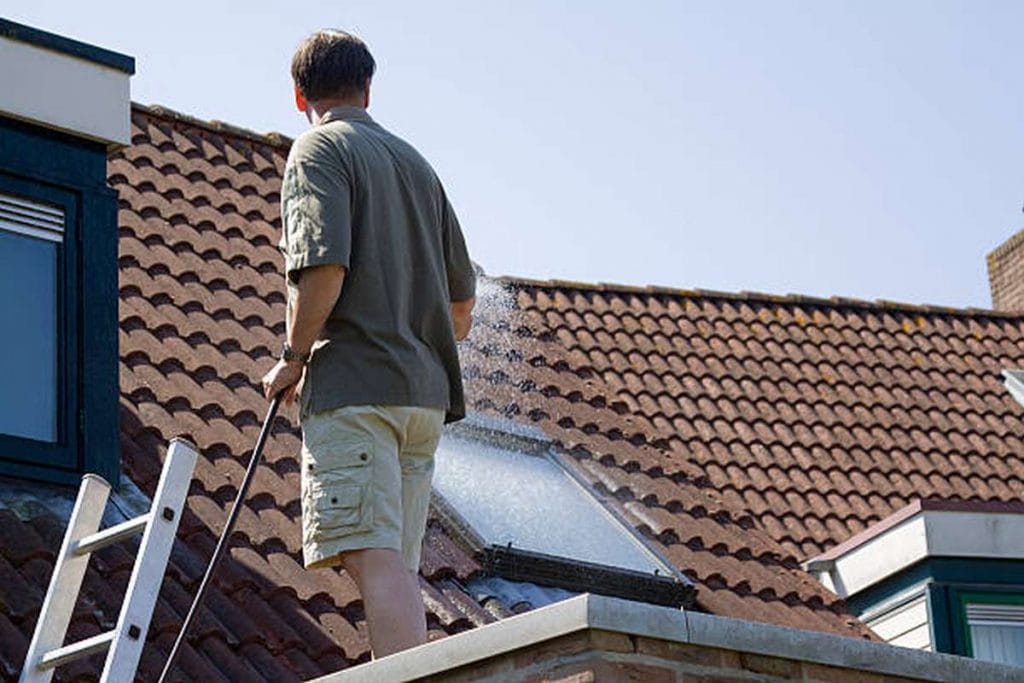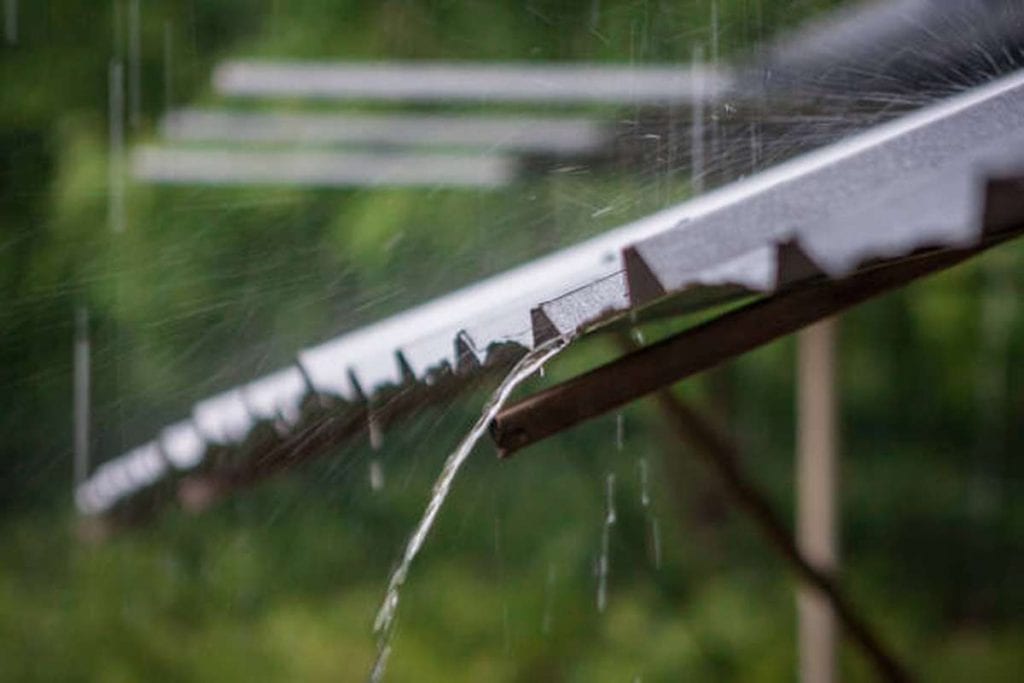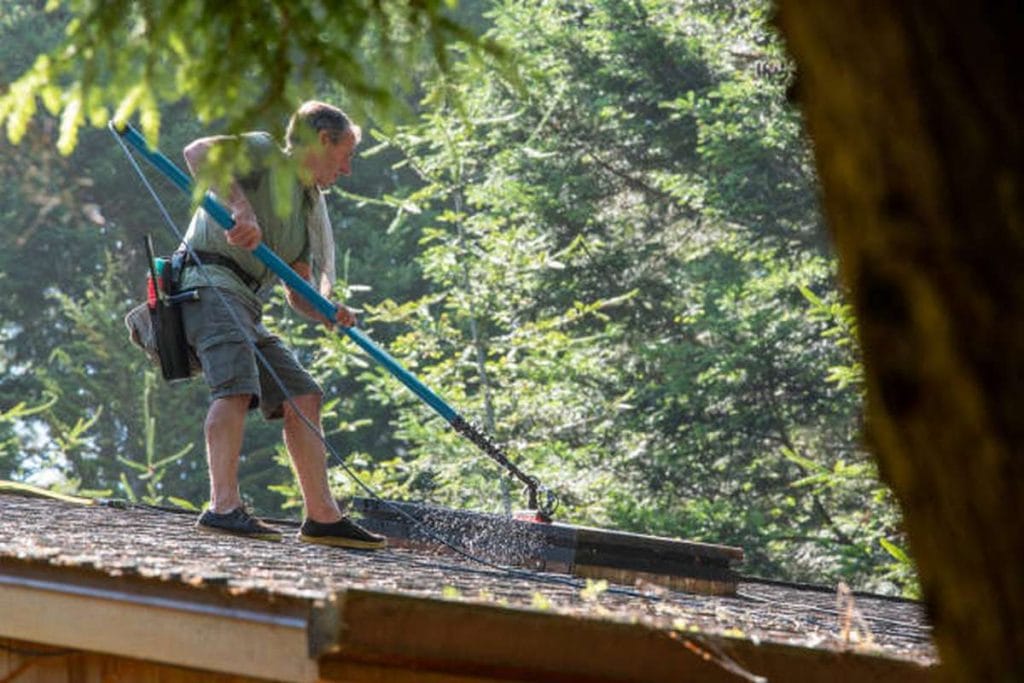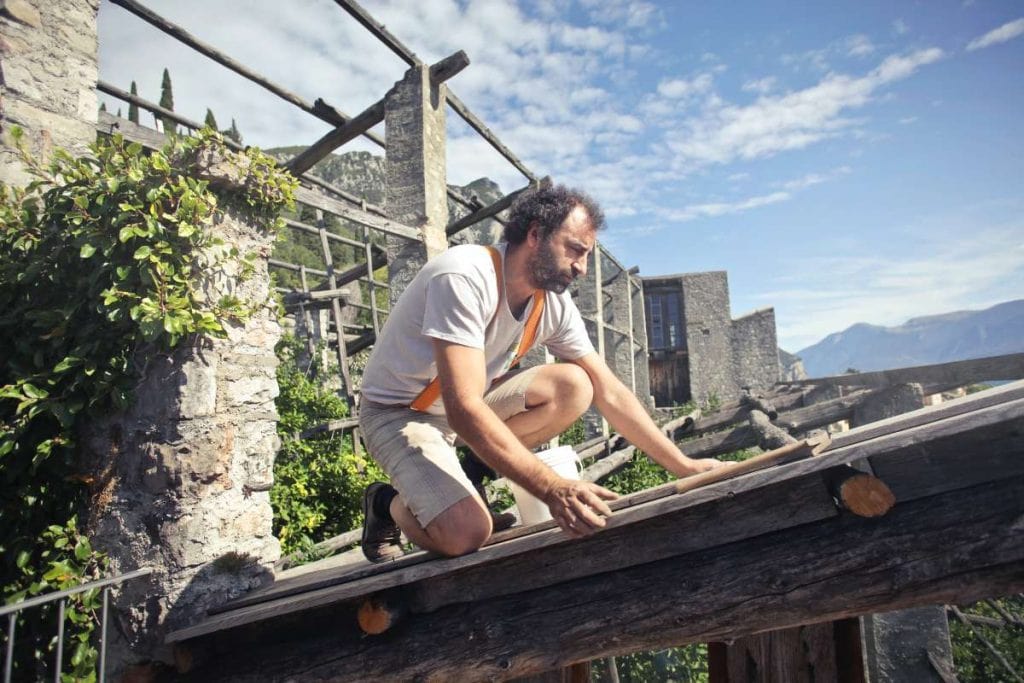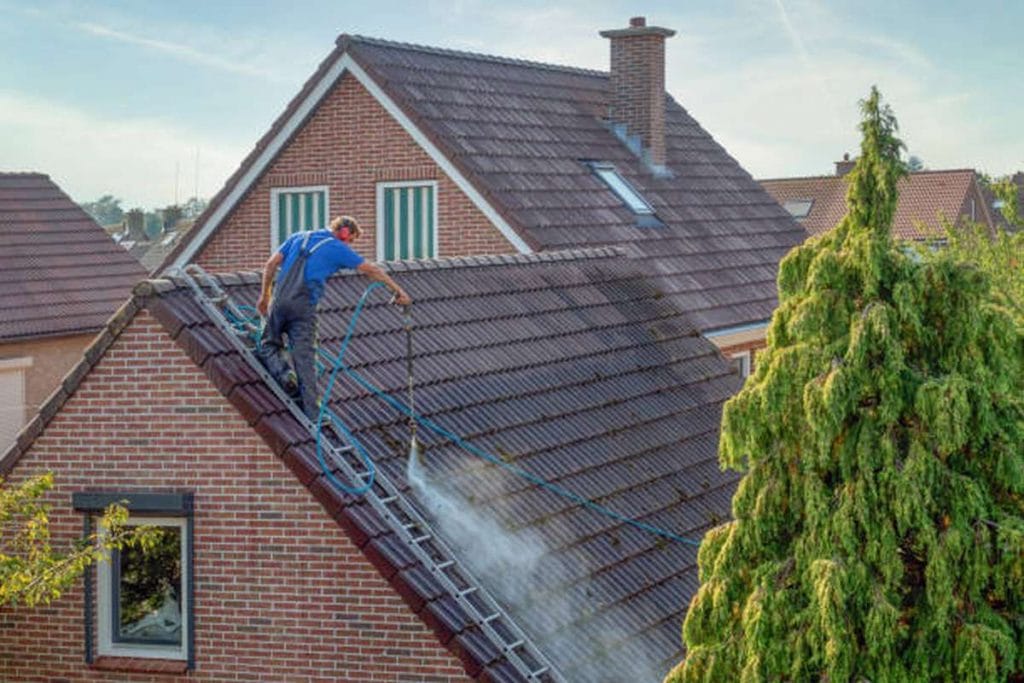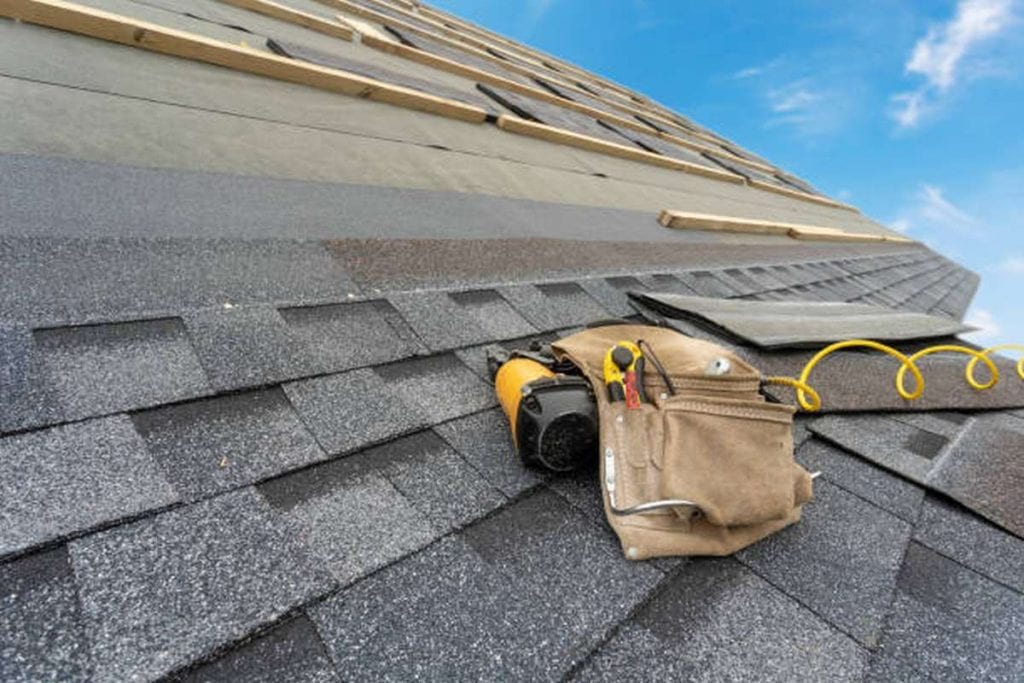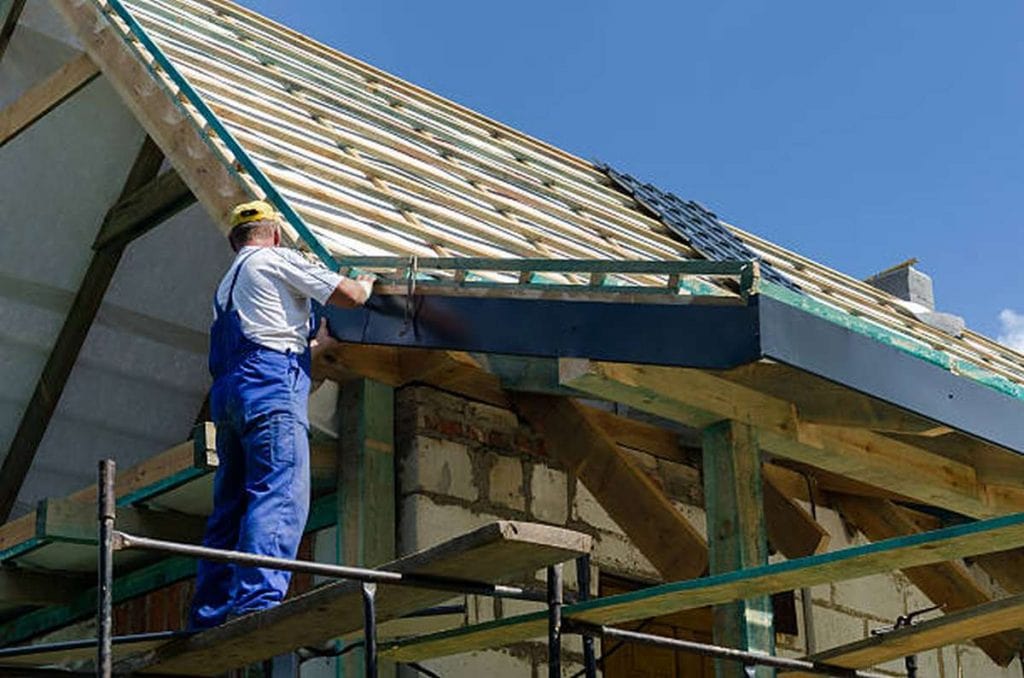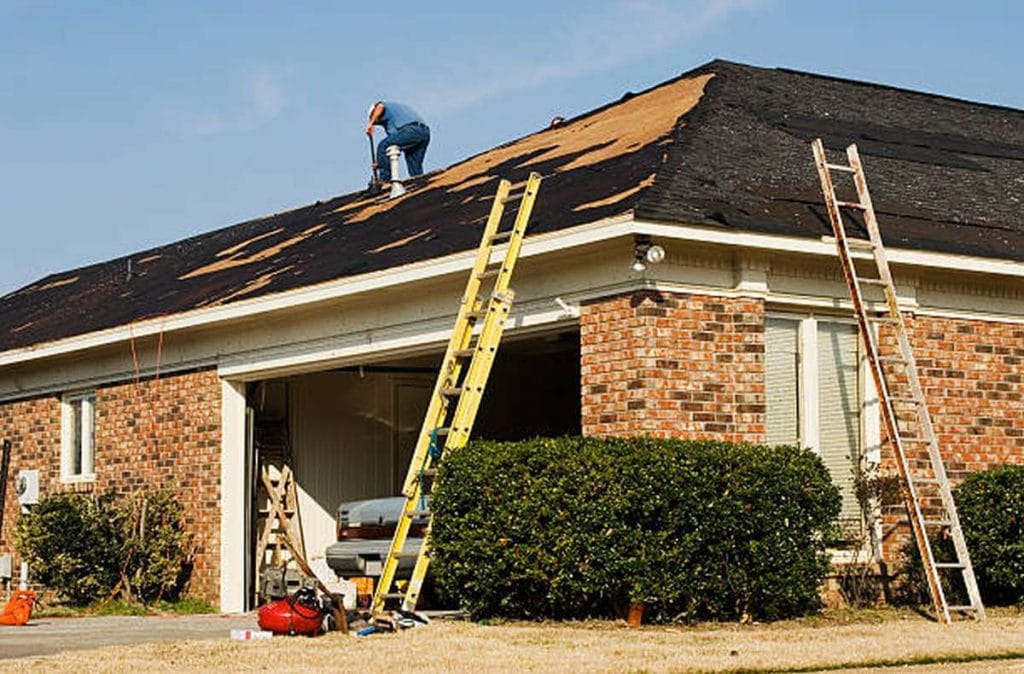Are you a homeowner with an ageing roof? Has your curb appeal been hit due to black streaks and spots on the shingles of your beautiful home? If so, you may require residential roof cleaning. But what exactly is residential roof cleaning?
In this post, we'll answer that question by giving readers like you all the information they need to know about why it's important, how often it should be done, and more. So keep reading if you want to learn everything there is to know about residential roof cleaning!
What Exactly Is Residential Roof Cleaning?
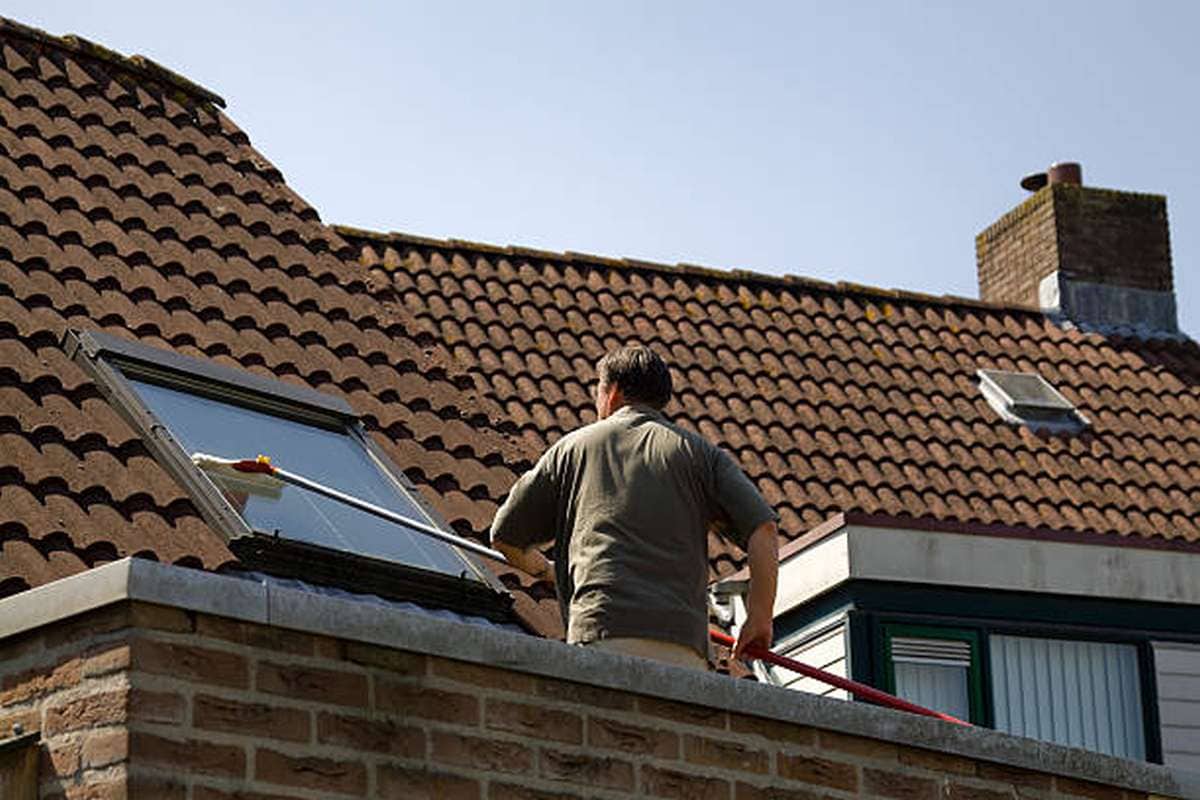
To clean a roof is to eliminate the moss, mould, mildew, and algae that have settled on it. Roof cleaning services may also include the removal of snow, debris, and even trees and branches, depending on the company's policy.
Pressure washing Melbourne offers a safe and reliable roof cleaning service for your home. Our team of experts use the latest techniques and equipment to get your roof looking as good as new. A sparkling clean roof not only looks great, but it also protects your home from the elements. Let us help you restore your roof today!
The Value of a Spotless Roof for Your Home
Cleaning a home's roof requires the expertise of a cleaning service. Professionals typically utilise pressure washers to clean the roof since they effectively reach tight spots and are around obstacles. But why is it so important to routinely clean a house's roof?
Increases the Longevity of Your Roof.
Your roof's lifespan will be shortened by the effects of moisture and the bacteria that flourishes there. Because of this, people throw out perfectly good tiles when all they need is a good washing.
If your roof materials aren't properly maintained, they will eventually decay and need to be replaced. In case you weren't aware, algae, mildew, and moss may eat away at the limestone filling agents in your tiles.
Prevents Harm to the Interior
Water pooling and clogged gutters are often the first signs of damage on a roof. When a roof develops flaws like cracks, holes, or missing shingles, it leaves the house's interior open to rain, snow, wind, and other elements.
Rain and moisture seep in, encouraging the growth of mould that eventually destroys the structure's supporting walls and ceilings. In addition, Drywalls, insulation and other exposed internal structures are vulnerable to the sun's direct heat.
Refreshes the Look of Your Roof.
The unsightliness and potential damage of a roof covered with algae and moss. If your roof is a light colour, this is much more important to remember. Don't let your house sink to such low standards.
Cleaning your roof is like giving your property a facelift. Do not make the blunder of installing a new roof too soon.
Greater Energy Efficiency
Are your utility costs and house temperatures on the rise? It is recommended that roofs have a high solar reflectance rating. However, algae on your roof prevent it from performing its crucial role.
Algae and moss can reduce the effectiveness of your shingles by eating them, as we discussed earlier. The organic matter that accumulates on homeowners' roofs is the primary cause of increased energy costs; however, few people understand this.
Cleaning a roof improves its solar reflectivity. As a result, increased comfort and financial security are guaranteed for your loved ones.
Increases the Market Value of Your Home
Regular exterior upkeep, including removing all bird droppings, dead leaves, filth, and dirt from the roofing system, is essential for preserving or increasing a property's value. In addition, cleaning a home's roof before selling it can improve kerb appeal.
Reduces Expenditure
Homeowners who maintain their roofs regularly can save costly repairs and replacements by avoiding the need for these things in the first place.
Tips for Cleaning Your Home's Roof
Roofing can be cleaned in two ways: with soft washing or pressure cleaning. To remove soil, filth, stains, moss, and other debris, pressure washing uses water under great pressure.
Because of the inherent dangers of pressure cleaning, hiring a professional is strongly advised. Melbourne's Pressure Washing has been in business for over 20 years and has completed over 10,000 jobs. We're passionate about providing our customers with the best possible service.
Shingles and other fragile roofing materials can be cleaned with soft washing, which employs chemical cleaners. DIY cleaning instructions for a house roof are as follows.
Get Ready by Having Everything You'll Need
Get your protective clothing and tools ready before attempting a roof cleaning. For example, have a sturdy ladder ready, and use thick gloves if you plan on climbing.
If you want to clean your roof yourself, you will need a mist nozzle connected to a hose pipe and a mixture of chlorine bleach and water.
Clean Up the Mess
Your roof's chimneys, valleys, gutters, and snow guards should be your first targets for cleaning. Put on some rubber gloves and use a rake to clean up the sections that are within your grasp, and leave the rest for someone else to deal with. Remove any overhanging branches from your roof.
Take Care When Cleaning Tiles
It's not a good idea to walk on roofs made of tiles because they break easily. To lessen the impact of your feet on the tiles, it's best to walk on foam-backed plywood.
Cleaning Wood Shakes and Shingles
If you want to clean your wood shingles or shakes, don't use any products that include ammonia or bleach. Using these cleaning chemicals could cause discolouration. If your wood roof has lichen or moss, get rid of it.
Clean in Small Increments
Roofs are best cleaned in parts. Cut your roof into manageable chunks so you can work on one part at a time. This will allow you to give each portion of your roof the time it needs to dry while still getting the job done. It's important to clean on a dry surface.
Cleaning With High Pressure vs. Gentle Washing
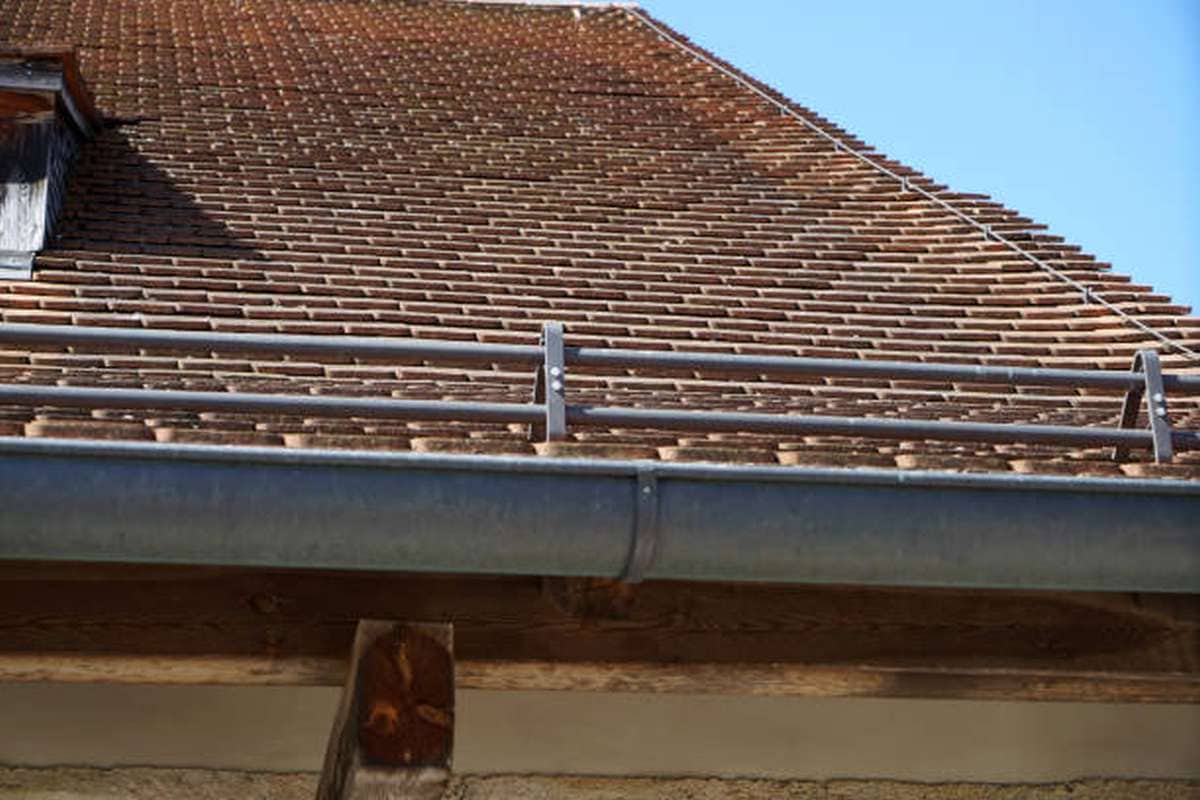
You can use either a pressure washer or a gentle washer to clean your roof. Water is used in pressure washing to blast away mould, mildew, stains, and grime. Soft washing, often known as "chemical washing," is used on more sensitive roofing materials like tiles.
Using a pressure washer with a PSI of between 1,000 and 3,000 is a great way to eliminate mildew and mould from your roof. However, there is a cost to using high pressure to wash asphalt shingles, as the graduals that comprise the roofing detach, reducing the roof's lifespan by years. In addition, damage to the roof and interior of the home is possible if the water is directed at the roof with high pressure since shingles may be torn off, and water may be forced inside.
Worried about the safety of your home and landscaping during a pressure washing? Residential Pressure Washing is safe for all types of siding and will not damage your home or landscaping.
Scrubbing the shingles with a soft-bristled brush or sponge will help remove moss and lichen, but it almost certainly will harm the shingles in the process. The shingles can be damaged by brushing, causing many granules to lose.
Conclusion
Roof cleaning is best left to professionals. Pressure washers are commonly used by professionals for roof cleaning because of their ability to effectively reach hard-to-reach areas and manoeuvre around obstructions. Depending on the company's policy, roof cleaning may also entail clearing the roof of snow, debris, and even small trees and branches. The accumulation of organic debris on homeowners' roofs is a major contributor to rising heating and cooling bills. Regular roof maintenance helps prevent expensive roof repairs or replacements.
The kerb appeal of a home can be increased by cleaning the roof before listing it for sale. The following are do-it-yourself roof cleaning guidelines. If you can, clean a roof in sections. Break up your roof into smaller sections so you can focus on a single area at a time. Pressure washing is an effective method for removing mould and mildew from a roof. High pressure washing asphalt shingles isn't without its drawbacks.
Content Summary
- Moss, mould, mildew, and algae are all things that may be found on a dirty roof, and cleaning it means getting rid of them.
- Depending on the company's policy, roof cleaning may also entail clearing the roof of snow, debris, and even small trees and branches.
- Roof cleaning is best left to professionals.
- Pressure washers are commonly used by professionals for roof cleaning because of their ability to effectively reach hard-to-reach areas and manoeuvre around obstructions.
- The effects of water and the bacteria that thrives there will reduce the lifespan of your roof.
- This leads to wasteful tile disposal when often all that's required is a thorough cleaning.
- Your roof materials may deteriorate and need to be replaced if you don't maintain them.
- In case you didn't know, the limestone fillers in your tiles could be eaten away by algae, mildew, and moss.
- Clogged gutters and pools of water are common early warning indicators of roof damage.
- When a roof has damage such as cracks, holes, or missing shingles, it allows water, snow, wind, and other elements inside the home.
- When water and humidity penetrate a building, they foster the formation of mould, which eats away at the skeleton of the structure over time.
- Is it getting hotter in your home and costing you more to heat and cool it?
- In order to reduce the amount of heat absorbed by a roof, solar reflectance must be high.
- Algae on your roof, however, prohibits it from serving its essential function.
- As we explained previously, algae and moss can diminish the effectiveness of your shingles by consuming them.
- Few people are aware that the organic matter that builds up on people's roofs is the principal source of higher energy bills.
- A roof's ability to reflect solar heat is enhanced after being cleaned.
- Your loved ones are therefore assured of greater ease and prosperity as a result.
- The value of a home can be preserved or increased by performing routine exterior maintenance, such as clearing the roof of debris such as bird nests, dead leaves, grime, and dirt.
- Additionally, cleaning the roof prior to selling a home might increase its kerb appeal.
- Maintaining a roof on a regular basis can save homeowners money by reducing the likelihood that they'll need to invest in expensive repairs or replacements.
- There are two techniques to clean a roof: soft washing or pressure cleaning.
- When dirt, grime, stains, moss, and other debris need to be removed, pressure washing may do the job quickly and efficiently.
- Getting a professional to do the job is recommended due to the dangers involved in pressure cleaning.
- Soft washing, which makes use of chemical cleansers, is an option for squeegeeing shingles and other delicate roofing materials.
- The following are do-it-yourself roof cleaning guidelines.
- Have all the things you'll need ready in advance.
- Before you try to clean your roof, make sure you have all the necessary safety gear and equipment.
- If you need to climb, for instance, ensure you have a reliable ladder and that you are wearing protective gear.
- To clean your roof without hiring a professional, you will need a mist nozzle attached to a hose, chlorine bleach, and water.
- The first places you should focus on cleaning are the roof's chimneys, valleys, gutters, and snow guards.
- Wood shingle or shake cleaning shouldn't involve the use of ammonia or bleach.
- This discoloration may be caused by the use of these cleaning agents.
- Remove any lichen or moss that may be growing on your wood roof.
- If you can, clean a roof in sections.
- Break up your roof into smaller sections so you can focus on a single area at a time.
- It's a win-win, since you can finish the job and give your roof the time it needs to dry out properly.
- A dry surface is necessary for cleaning.
- Either a pressure washer or a soft washer can work for cleaning your roof.
- Mould, mildew, stains, and grime can be removed with a power washer and water.
- Tiles and other more delicate roofing materials benefit from soft washing, sometimes known as "chemical washing."
- For effective removal of mildew and mould from your roof, use a pressure washer with a PSI of between 1,000 and 3,500.
- If you pressure-wash asphalt shingles, the graduals that make up the roofing can separate, shortening the roof's lifespan by years.
- Moreover, shingles can be pulled off and water can be forced inside if water is directed at the roof at high pressure, both of which are sources of potential damage to the roof and the interior of the property.
- Moss and lichen can be removed from the shingles with a soft bristle brush or sponge, although this method almost likely damages the shingles.
- Brushing the shingles can harm them and cause many of the granules to fall off.
FAQs About Roof Cleaning
There are several reasons why it is important to clean your roof:
- Improved aesthetics: A clean roof can make your home look more attractive and well-maintained.
- Increased lifespan: Removing dirt, debris, and other substances from your roof can help prevent damage and extend its lifespan.
- Improved energy efficiency: A dirty roof can absorb more heat, causing your home to become warmer and increasing your energy costs. A clean roof reflects sunlight, helping to keep your home cooler and reducing your energy costs.
- Enhanced safety: Debris, such as leaves and branches, can accumulate on your roof and create a fire hazard. A clean roof reduces the risk of fire and other accidents.
- Prevention of damage: Algae, mold, and other substances can grow on a dirty roof and cause damage over time. Regular cleaning can help prevent this type of damage.
Overall, cleaning your roof is an important part of maintaining your home and protecting your investment. It is a good idea to have your roof cleaned at least once a year, depending on the condition and age of your roof and the climate in your area.
Generally, it is a good idea to get your roof cleaned by professionals once a year. This is often enough to where if problems develop, they can be caught early on. If you have a roof that is in good shape or was just recently installed, then you may only need a roof cleaning once every two years or so.
To sum it up, typically your roof cleaning should last at least 5-6 years with a little help from yourself. Find a company that will guarantee their work. That will protect you and give you peace of mind. Remove any trees that will provide shade for debris.
It is generally not recommended to use a pressure washer to clean your roof because the high pressure of the water can damage the shingles or tiles. The pressure of the water can loosen or dislodge the granules on the surface of the shingles, which can lead to premature ageing and deterioration of the roof.
In addition, the high pressure of the water can force water under the shingles or tiles, leading to leaks and water damage inside your home.
Instead of using a pressure washer, it is recommended to use a low-pressure cleaning method, such as hand scrubbing or soft washing, to clean your roof. These methods are gentler on the roof and can effectively remove dirt, debris, and stains without causing damage.
If you need to clean your roof and are not sure how to do it safely and effectively, it is a good idea to hire a professional roof cleaning company. They have the knowledge and equipment to clean your roof safely and efficiently.
If your roof slope isn't too steep and you're comfortable working on it, you can clean it yourself and save the dough. You'll need a full-body harness, a garden sprayer, a garden hose and a nontoxic, noncorrosive roof-cleaning chemical.

